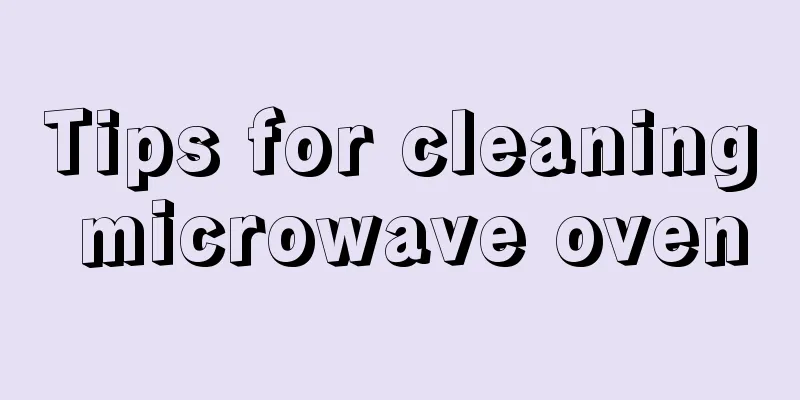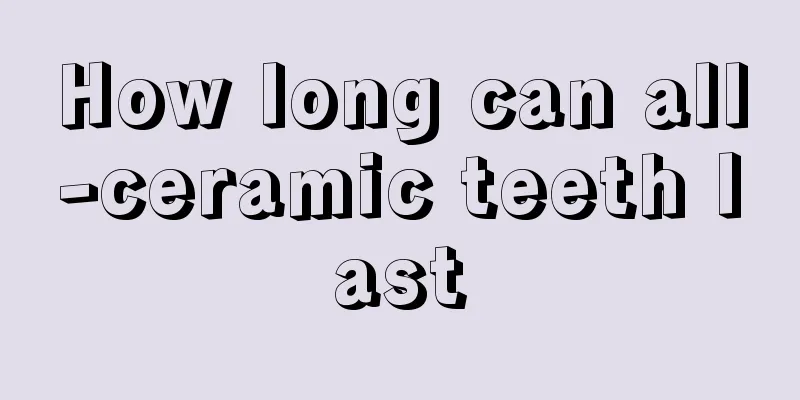How to treat rhinitis

|
Sinusitis is a very common nasal disease that many people suffer from due to various reasons. After sinusitis occurs, it is necessary to seek timely treatment, because if the treatment is too late, it will affect the treatment effect. Of course, sinusitis will have a greater impact on human health. So, what are the methods for treating sinusitis? The specific treatment will be introduced to you below! 1. Systemic treatment Use sufficient antibiotics to control the infection. Since most of them are coccal infections, penicillins and cephalosporins are the drugs of choice. Drug treatment emphasizes the selection of sensitive antibiotics and their use in sufficient doses and for sufficient courses. If the headache or local pain is severe, sedatives or analgesics may be used appropriately. General treatment is the same as for acute rhinitis. Traditional Chinese medicine treatment focuses on dispersing wind and heat, and aromatically opening the orifices, supplemented by detoxification and removing blood stasis. 2. Antibiotics Macrolides (macrolide antibiotics) can reduce the toxicity of chronic bacterial infections and reduce cellular damage, although they cannot eliminate bacteria. In cases where hormonal therapy fails, selective long-term low-dose macrolide antibiotic therapy is effective. The specific mechanism of action is not very clear, but it may be related to the downregulation of local host immune response and the weak toxicity of the propagated bacteria. 3. Antihistamines Although antihistamines are not recommended for the treatment of chronic rhinosinusitis, a study in the United States showed that antihistamines are often used in the treatment of chronic rhinosinusitis and can significantly relieve symptoms of sneezing, runny nose and nasal congestion, but have no significant effect on the size of nasal polyps. 4. Surgical treatment 1) Endoscopic sinus surgery is currently the preferred method. Under the clear vision of nasal endoscope, all sinus lesions are completely removed, the sinus ostia are fully opened, sinus drainage is improved, and normal tissue is preserved as much as possible. It is a minimally invasive surgery that preserves function as much as possible. 2) Other surgeries: maxillary sinus endonasal fenestration, maxillary sinus radical resection, intranasal ethmoid sinus resection, external ethmoid sinus resection, frontal sinus drilling, frontal sinus incision, sphenoid sinus incision, etc. |
<<: Will I vomit something during pregnancy?
Recommend
What is the treatment for carcinoma in situ of lung cancer? Is surgery good for lung cancer?
Lung cancer is particularly common in our lives. ...
Eat too many crabs
In our lives, crabs are a very common delicacy. M...
What to do when you feel depressed
Everyone has bad moods in life, especially there ...
The purple mouth is caused by
Purple lips are a problem that many people will e...
Electric heating knee pads, see what are the effects of electric heating knee pads, electric heating knee pads side effects
Electric knee pads are also a way to protect peop...
What are the prevention methods for uterine cancer
In recent years, uterine cancer has become one of...
Does painting walls contain formaldehyde?
Paint will be used to paint the walls during reno...
Four benefits of eating oranges in winter
Nutritional value of oranges Tangerine, commonly ...
Why are my eyes swollen after a night's sleep?
Many people will experience swollen eyes after wa...
Will semen affect the urine protein situation?
Many men will have a high urine protein index whe...
What to do with lymphatic bubbles
The lymphatic system is prone to blockage because...
What are the effects of longevity vine tea
Drinking tea is a way of health care chosen by ma...
Acupuncture points on the big toe
People who soak their feet regularly can not only...
Symptoms of cinnabar poisoning
You should not use medicines indiscriminately in ...
Symptoms of ovarian cancer that female friends tend to ignore
In real life, some symptoms of ovarian cancer are...









